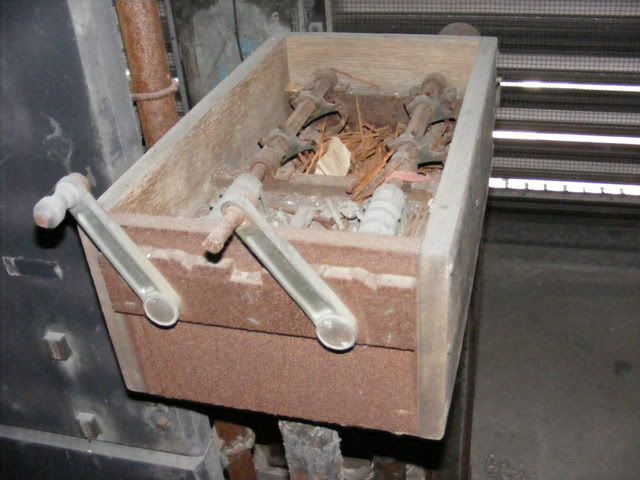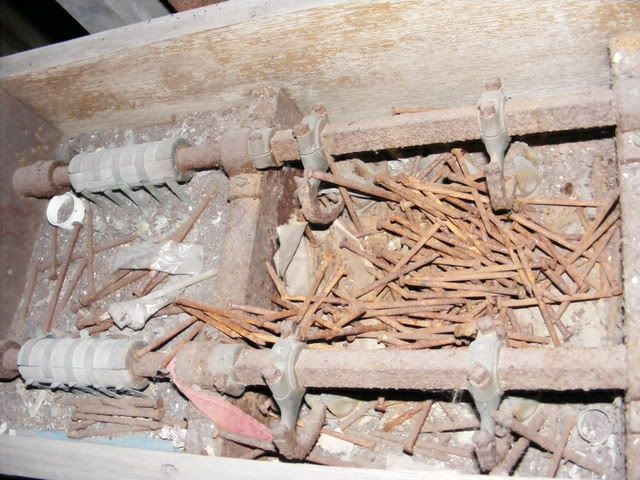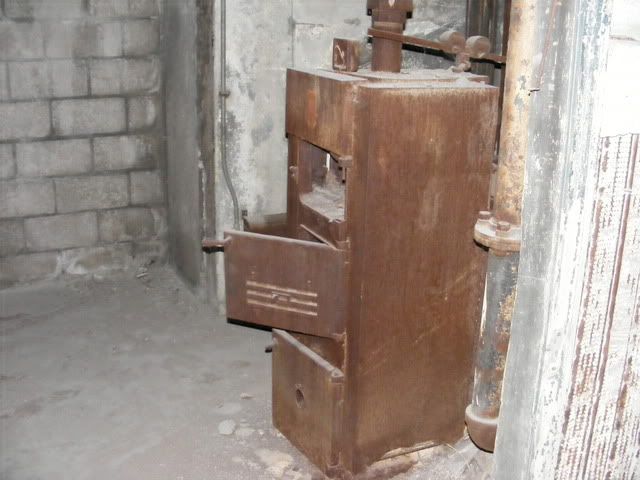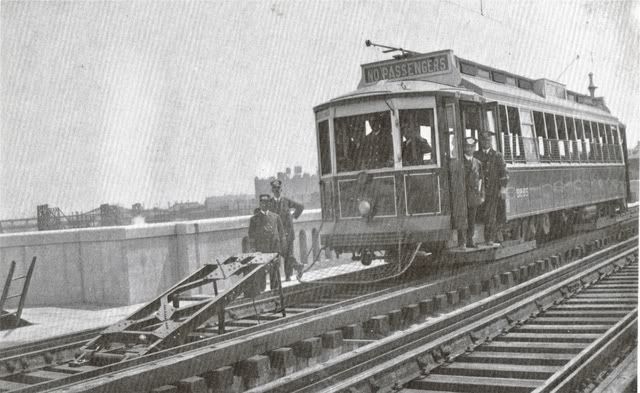Even with the ECV draw inoperable and the Longfellow in place, while the Charlestown Bridge and the draw across the entrance to the Broad Canal (and the Charles River Dam Road Bridge of course) were operable, it was, I believe, still possible to get coal to the power plant (the mouth of the canal is just east of the Longfellow) - and that situation persisted well the 20th century, I'm not sure when the Charlestown Bridge became unable to open. The power plant on the Broad Canal still operates - I believe it makes steam mostly but also electricity - and I'm pretty sure it now burns natural gas.
I would guess that the ECV draw is going to need rehabilitation one of these days simply to remain structurally sound, as the load/vibration that it sees is significant - I don't think it has substantively ever had any. Maybe there was a little work done during the Green Line bustitution while North Station was relocated/rebuilt, but I think that was limited to signal replacement and track/tie/ballast work. Assuming that the Green Line extension to Medford ever gets going in earnest, I think there will be another bustitution of significant duration (while Lechmere is relocated) and maybe some work will be done on the ECV draw (and, for that matter, the ECV in general) to assure that the ECV will be structurally sound for another 100 (or 50 anyhow) years. The condition of some of the steel (particularly the columns) on the ECV west of the draw gives me pause, there hasn't even been a proper stripping and painting in many years.
EDIT: Oh, also, thanks for the pictures, 3rdrail! Those are great.



